For most business owners, cutting costs and boosting efficiency stays a top goal—and wholesale packaging is a impactful way to do it. Buying cardboard boxes in bulk doesn’t just save money: it also lifts profit margins, streamlines operations, and strengthens brand consistency. Here’s why this move can transform your business.
1.Custom Bulk Boxes Cut Hidden Costs
Many businesses default to cardboard boxes, stretch wrap, and wood pallets for shipping and storage. Though these materials seem cheap initially, costs add up fast—boxes wear out after 1-2 uses, pallets break, and wrap is discarded after each shipment. For businesses handling thousands of units yearly, packaging becomes a recurring expense that silently cuts profit margins. Reusable bulk containers are a smarter alternative. Built for long-term use, they lower both direct material costs and hidden operational expenses.
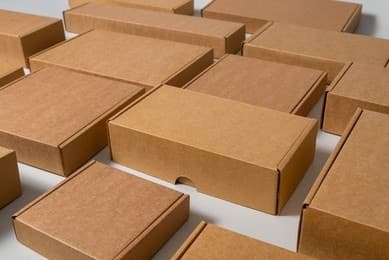
(1) One-Time Purchase, Long-Term Use
Reusable bulk containers are made of high-impact plastic, resistant to rough handling, stacking and repeated use. Though their upfront cost is higher than disposable packaging, each container can be used hundreds of times. Over its lifespan, one bulk bin replaces dozens or even hundreds of cardboard boxes or wooden crates. This translates to lower costs for frequent repurchases, less labor time wasted on assembling and breaking down boxes, and reduced expenses for trash disposal or recycling.
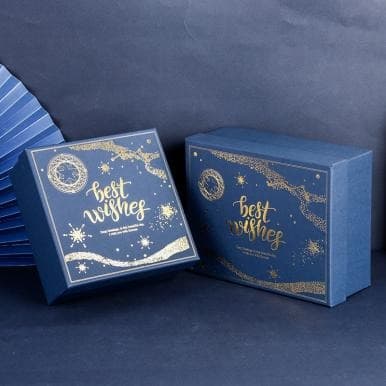
(2) Reducing Product Damage
Single-use packaging is more likely to shift, collapse, or tear during transport. This can lead to damaged products and returns. Reusable containers offer solid walls, secure stacking, and consistent protection. By preventing loss in transit or storage, they reduce the cost of damaged inventory and improve customer satisfaction. Less damage also means fewer claims and less time spent resolving issues with carriers or clients.
(3) Lower Labor and Disposal Costs
Every time a cardboard box is used, it requires folding, taping, labeling, and breaking down post-use. When you multiply these steps by hundreds of daily shipments, labor costs accumulate rapidly. Reusable bulk containers cut out these repetitive tasks entirely. They can be loaded, sealed, and stacked in no time—no tape, no wrapping, no post-use cleanup needed. This translates to fewer labor hours dedicated to packaging work and less waste ending up in dumpsters.
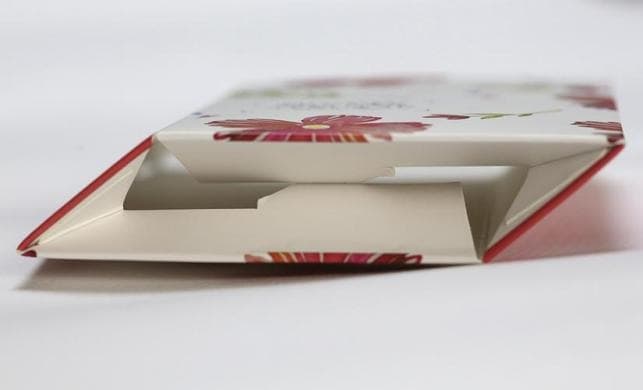
2.How Custom Bulk Boxes Can Boost Customer Retention
In the age of customer-centric commerce, retention is just as important as acquisition. Custom packaging plays a surprisingly effective role in turning one-time buyers into loyal advocates. The unboxing experience has become a pivotal moment of truth—a tangible interaction that can elevate a mundane transaction into a memorable brand event. When a customer receives a generic, plain box, the interaction is purely functional. But when the package arrives adorned with distinctive branding, thoughtful design, and perhaps even a personalized message, it signals care, quality, and attention to detail. This positive emotional response fosters a deeper connection with the brand.
The shareability of attractive packaging cannot be overstated. Social media platforms, especially Instagram, TikTok, and YouTube, are filled with unboxing videos and hauls. Unique, photogenic packaging encourages users to create and share content organically, generating free publicity and extending brand reach to potential new customers. For instance, subscription box services like Birchbox or FabFitFun have built their marketing strategies around highly shareable unboxing moments, driving significant user-generated content and viral growth. This organic marketing is not only cost-effective but also highly credible, as consumers trust peer recommendations more than traditional advertising.
Beyond virality, custom packaging reinforces brand recall and perceived value. Consistent use of brand colors, logos, and messaging helps solidify brand identity in the consumer’s mind. High-quality packaging also subtly communicates that the company values its products and customers, justifying premium pricing and building trust. Additionally, brands can enhance retention by incorporating practical elements like resealable features, easy-open mechanisms, or reusable designs. For example, luxury brands often use rigid boxes that customers repurpose for storage, keeping the brand visible long after the purchase. Others include thank-you notes, discount codes for future purchases, or instructions for recycling—small touches that show appreciation and encourage repeat business.
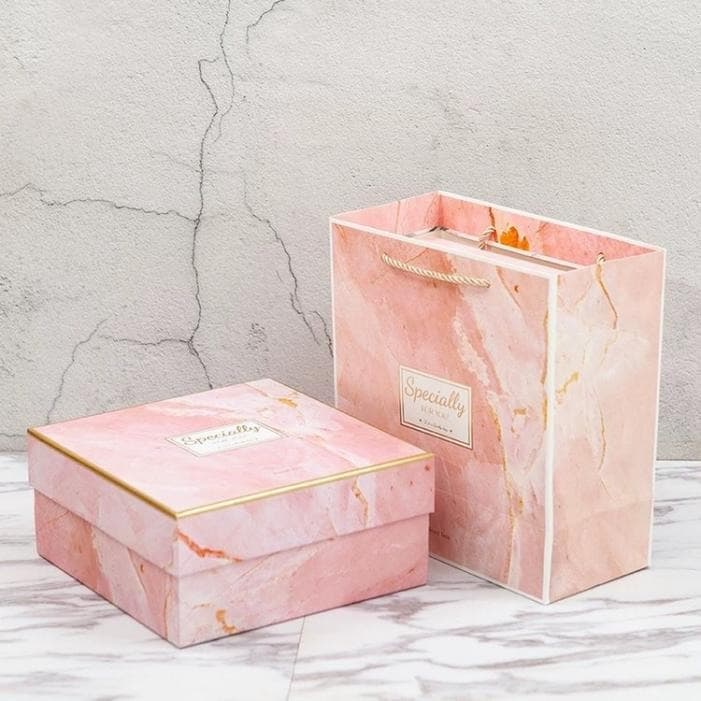
In essence, custom packaging transforms a functional item into a strategic tool for engagement, differentiation, and loyalty building. It closes the gap between transaction and experience, making customers feel valued and understood—a surefire way to boost retention in a competitive market.
3.Industry-Specific Success Cases of Custom Bulk Printed Boxes
Different industries have varying packaging needs, and success stories of custom boxes span multiple sectors. In the beauty industry, renowned brand Glossier successfully built its brand identity through minimalist yet high-quality pink custom boxes. Consumers even purchase products because they love the packaging. Its design balances aesthetics and functionality, with internal compartments effectively protecting fragile items and reducing shipping damage.
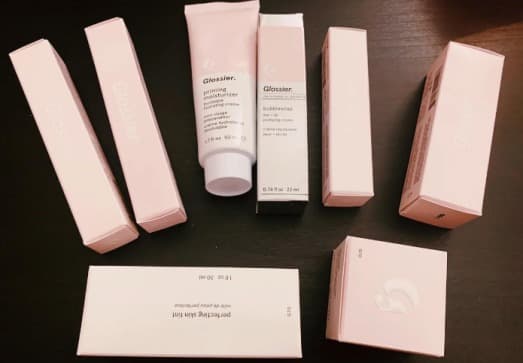
The food industry prioritizes safety and freshness. Healthy snack brand Graze not only achieved brand promotion through custom printed boxes but also optimized packaging size to ensure product freshness while reducing unnecessary materials—aligning with its environmental philosophy and winning consumer approval.
Electronics often require highly protective packaging. Brand Anker customized boxes with precisely engineered cushioning structures for its power banks, significantly reducing shipping damage. Meanwhile, its packaging design uses a tech-inspired blue and white color scheme, reinforcing a professional brand image.
The e-commerce apparel industry also greatly benefits from custom packaging. Many direct-to-consumer (D2C) brands, such as Fashion Nova, use custom gift-style boxes to enhance user experience. These packages include return labels and thank-you cards, simplifying returns while increasing user interaction and effectively improving customer loyalty.
These examples illustrate how custom packaging solutions are adapted to meet specific industry needs, whether it’s protection, freshness, brand elevation, or operational efficiency. By learning from these success stories, businesses can identify opportunities to leverage packaging in their own contexts.
4.How to Create Custom Packaging
Creating effective custom packaging involves a series of carefully planned steps. The first step is clarifying requirements: determining whether the primary function of the packaging is protection, brand enhancement, or logistics optimization. Based on these goals, businesses must decide on materials, dimensions, and printing style. Early communication with professional packaging suppliers is crucial, as they can provide expert advice on material selection, structural design, and cost control.
The design phase must balance aesthetics and practicality. Brand logos, color schemes, and text information should be clear and eye-catching while aligning with the product’s overall tone. Using design software to create 3D models or physical prototypes helps visualize the final product and avoid disappointments after mass production.
Next is the production phase. Choosing a supplier with a reliable quality control system is essential. Ensure they provide sample confirmation and conduct strict inspections for color consistency and structural integrity after mass production. Additionally, considering environmental factors, opting for recyclable or biodegradable materials is becoming an industry standard and is increasingly favored by consumers.
Finally, testing and iteration are key. Conducting transport tests and collecting user feedback before full-scale production can help identify potential issues. Packaging design is not a one-time task; regular adjustments based on market feedback and business changes are necessary to sustain its value.
By following these steps—goal setting, supplier collaboration, design refinement, prototyping, production, and iteration—businesses can create custom packaging that delivers both aesthetic appeal and functional performance.
5.Avoiding Common Problems in Custom Bulk Boxes Orders
Although custom bulk boxes offer numerous benefits, companies often encounter common issues in practice. One such problem is the disconnect between design and reality: beautifully rendered packaging may suffer from significant color deviations or insufficient structural strength in practice. To avoid this, always request physical samples from suppliers and inspect them under different lighting conditions.
Another common issue is budget overruns. Special materials, complex processes, and small-batch customizations can drive up costs. Businesses should identify priorities and select the most impactful design elements within the budget—for example, using creative structures instead of full-surface foil stamping to reduce expenses. Transparent communication with suppliers about budget constraints often leads to more feasible solutions.
Delivery timelines are another frequent challenge. Production delays can impact product launch plans, especially during peak seasons. Companies should plan ahead, confirm detailed production schedules with suppliers, and buffer time for unexpected situations.
Lastly, logistics and storage issues are often overlooked. Bulk boxes require sufficient storage space and must be protected from moisture and fire. Assessing storage capacity before ordering and optimizing stackability in box design can save warehouse space.
In summary, custom bulk printed boxes have evolved from a luxury option to an essential competitive tool for businesses. They not only reduce costs and enhance brand image but also deepen customer relationships. Through a scientific design process and proactive prevention of common issues, companies can maximize the return on this investment. Now is the perfect time to reevaluate your packaging strategy.
Elevate your brand with professional packaging solutions—we offer end-to-end custom box services from design to production, helping your business win through details. Contact us today for a tailored solution.
Post time: Sep-19-2025



